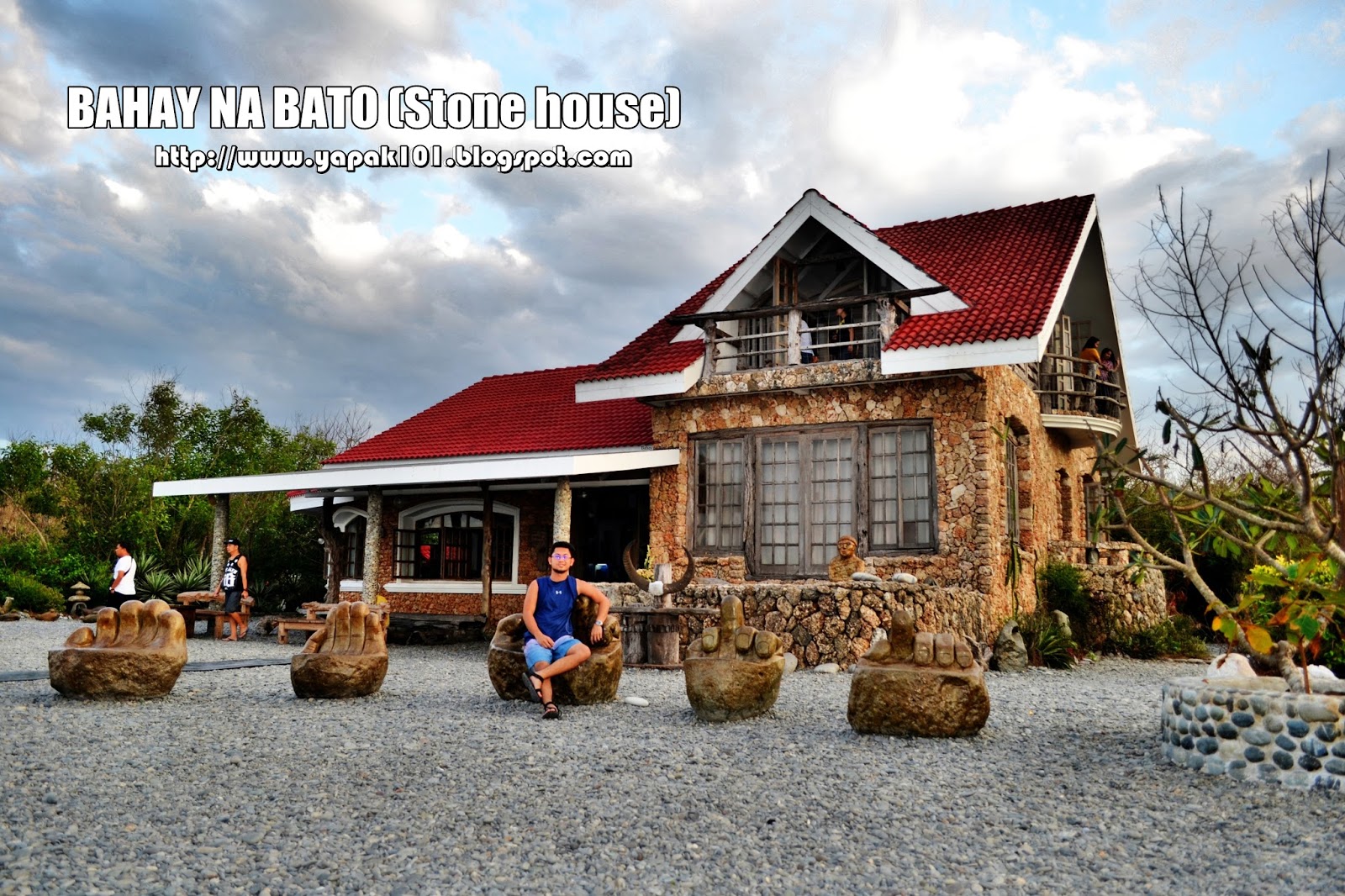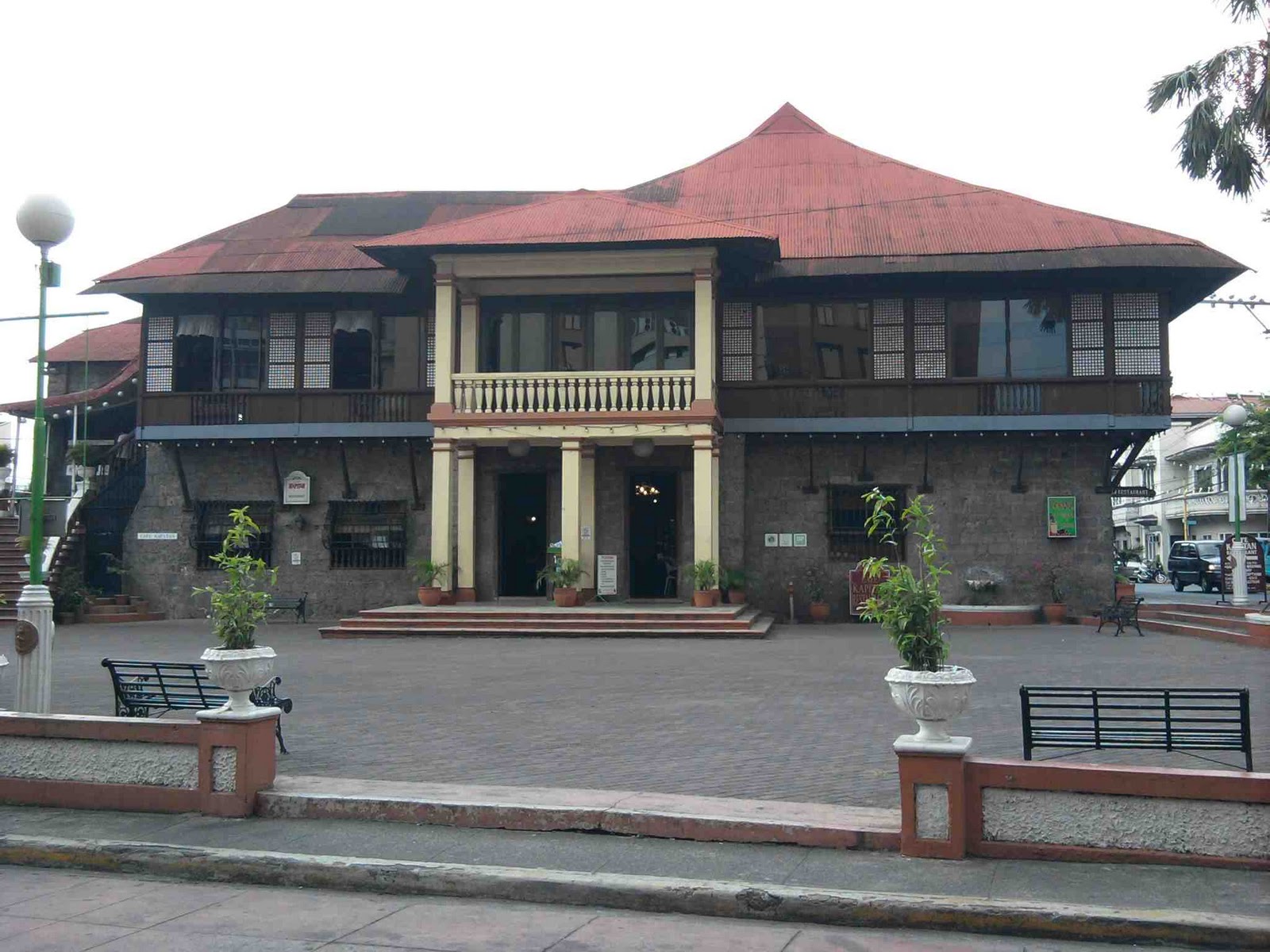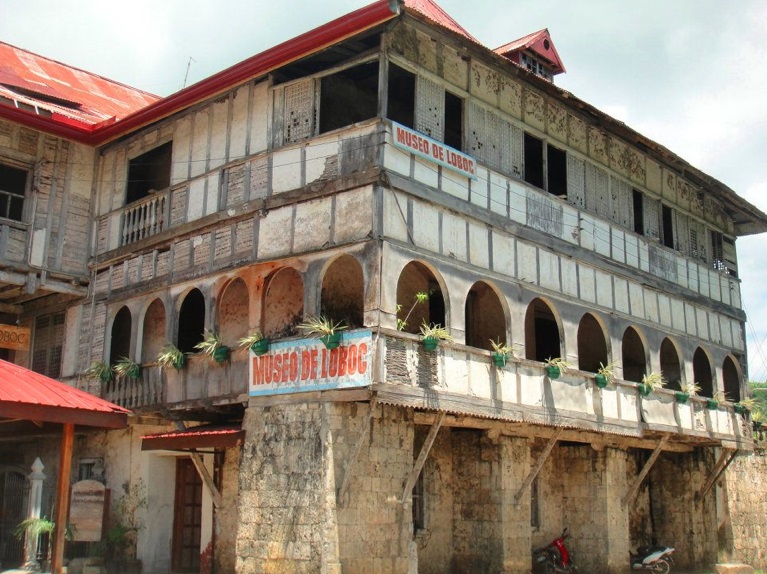

This can be seen through the properly preserved bahay na bato in Vigan, Ilocos Sur and parts of Laguna. It is an updated version of the traditional bahay kubo Its design has evolved throughout the ages, but still maintains the bahay kubo architectural basis which corresponds to the tropical climate, stormy season, and earthquake-prone environment of the whole archipelago of the Philippines and fuses it with the influence of Spanish colonizers and Chinese traders. The bahay na bato did not depend much on cement, glass or other modern-day structural materials, yet it had withstood against natural calamities and climate, like earthquakes and frequent rain. The town setup I described is called the Plaza Complex.Answer: Bahay na bato (Tagalog, literally "house of stone") is a type of building originating during the Philippines' Spanish Colonial period. This building setup is what’s missing in some current Intramuros Dormitories. Actually, the set up still exists in some towns of Ilocandia. The nearer your residence to the town center, the more privileged you are. The proximity of your residence from the Town Center (Market, Town Hall and church) determines your status in the society that time.


#BAHAY NA BATO WINDOWS#
Actually, the windows also double as balcony.Ī professor of mine said that if your house is within the vicinity of the church, you can view the procession in the comforts of your window. Its most common appearance is like that of stilt nipa hut that stands on Spanish style stone blocks or bricks as a foundation instead of wood or bamboo stilts. The windows are so bright and airy that you can see the whole surroundings from the windows. Bahay na bato (Tagalog, literally 'house of stone') is a type of building originating during the Philippines Spanish Colonial period. Bahay na bato or the stone house served as the model for townhouses from the 19th century until World War II for many Filipino families especially the mid-elite. That is why they don’t even need a ceiling fan those days. The windows are large and lets wind in for the natural circulation of air inside it. The capiz lets light in but insulates the inside from the heat.

Such building would have looked weird in Spain.Īlso, what is unique and will always be the hallmark of the Fil-Hispanic Architecture is the windows made from translucent oyster shells, known locally as capiz. The bahay na bato was developedby the Spanishthrough virtually the same processas that of the Englishin the developmentof the bangalow of India. That practice is not purely Spanish Architecture, but Fil-Hispanic Architecture. Bahay na bato means house of stone and refers to a house that is composed of a stone-walled ground floorand a wood-structuredupper floor. As these stone walls go high, the more vulnerable it will be during earthquakes, that is why wood is used for the second floor, to lessen the load on the upper floor so that the center of mass of the structure remains on the first floor. Masonry is done by stacking blocks of stone or bricks bonded into walls with lime as mortar (I bet you already heard some buildings bound with egg whites and corals). The main reason why the traditional bahay na bato of the Filipinos have stone ground floor and a wooden upper floor is due to the earthquake weakness of masonry, the main construction technique introduced by the Spanish.


 0 kommentar(er)
0 kommentar(er)
